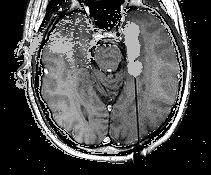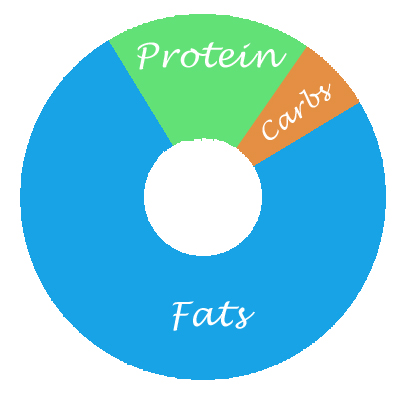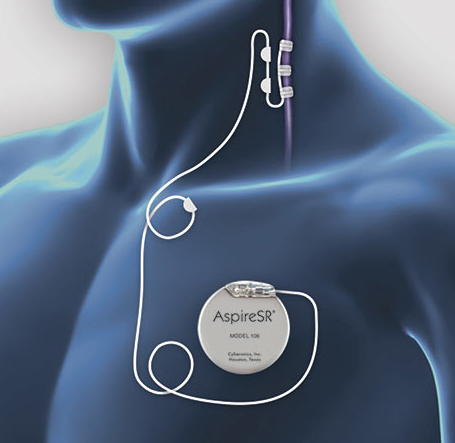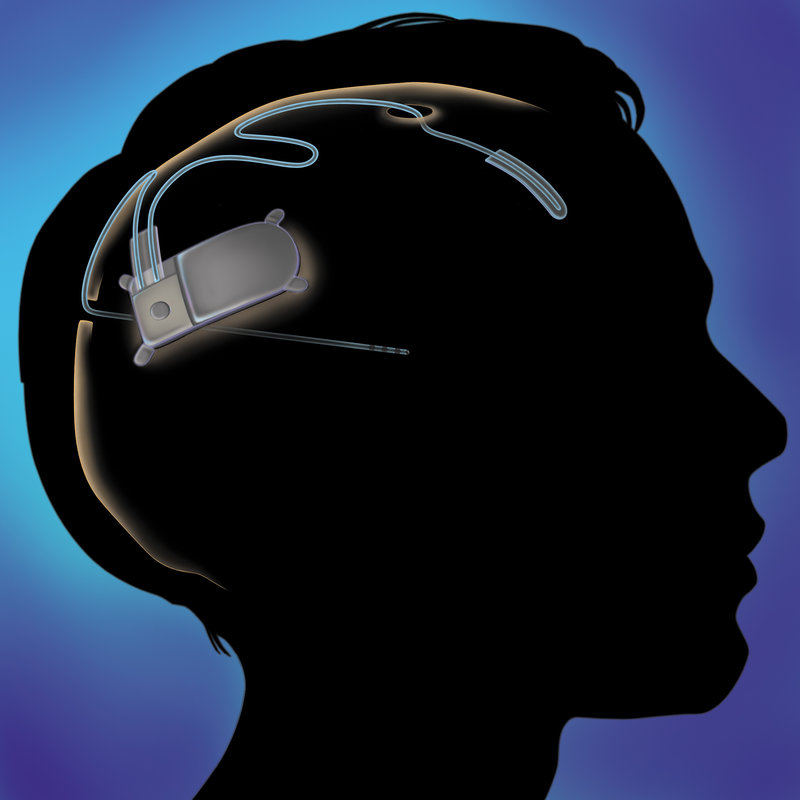Approximately 85% of individuals with tuberous sclerosis complex (TSC) struggle with epilepsy. Seizures associated with TSC are often hard to control. See how you compare to others in the tuberous sclerosis complex community, find resources to help manage seizures and contribute to valuable research.
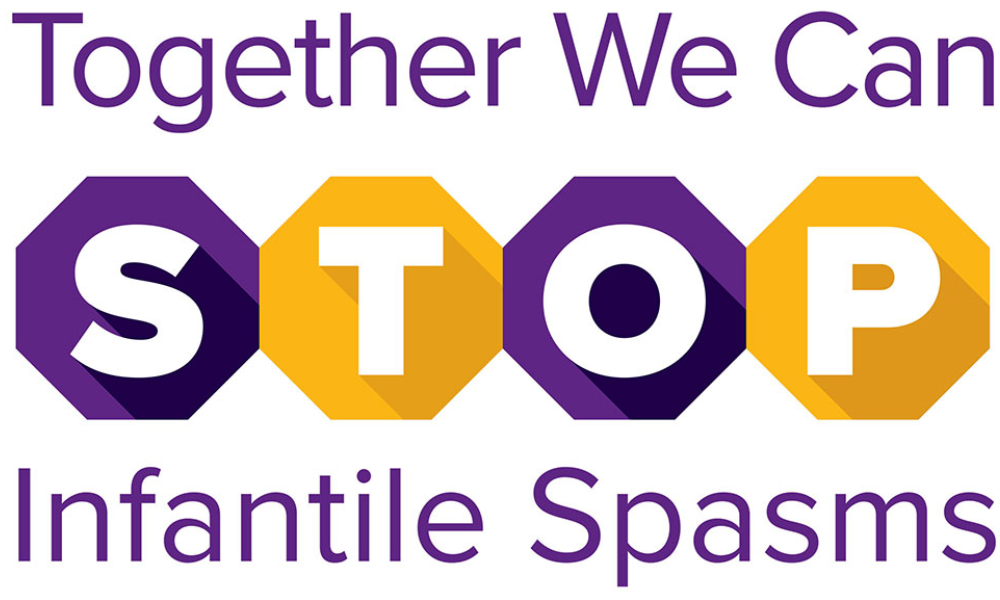 Important! Infantile spasms (IS) are a common seizure type in tuberous sclerosis complex, and occur in up to 35% of infants with TSC. If left untreated, it can result in a delay of developmental milestones, the loss of previously acquired skills, and permanent intellectual disability.
Important! Infantile spasms (IS) are a common seizure type in tuberous sclerosis complex, and occur in up to 35% of infants with TSC. If left untreated, it can result in a delay of developmental milestones, the loss of previously acquired skills, and permanent intellectual disability. 